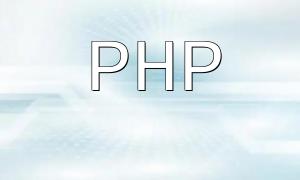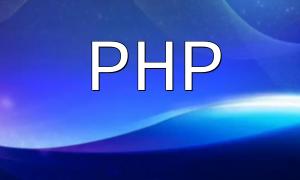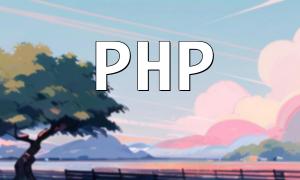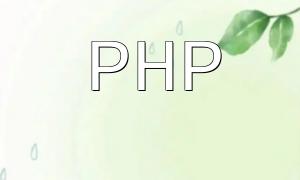Cross-Site Scripting (XSS) is a type of attack where attackers inject malicious scripts into users' browsers through vulnerabilities in web applications. PHP applications are particularly vulnerable due to their extensive handling of user inputs.
Effective defense against XSS in PHP requires implementing multi-layered security measures. The following are key best practices:
Thorough validation of all user input is the first line of defense against XSS attacks. PHP built-in functions such as filter_var() and htmlspecialchars() can be used to filter and sanitize inputs, effectively preventing malicious scripts from bypassing security measures.
Before displaying content to users, HTML output should be encoded to prevent malicious code from executing in the browser. PHP provides the htmlentities() function to encode output safely.
Content Security Policy (CSP) is an HTTP header that specifies which sources the browser is allowed to load resources from. Adding the Content-Security-Policy header to your application can restrict the loading of external scripts and stylesheets, reducing the risk of XSS attacks.
Here is a PHP code example demonstrating how to validate and encode user input using htmlspecialchars():
<?php // Get user input $user_input = $_GET['input']; // Validate user input $filtered_input = filter_var($user_input, FILTER_SANITIZE_STRING); // Encode user input $encoded_input = htmlspecialchars($filtered_input); // Display encoded input in HTML output echo "<p>Your input is: $encoded_input</p>"; ?>
In this example, the user input is first sanitized using filter_var() to remove illegal characters, then encoded with htmlspecialchars() to prevent malicious code from executing in the browser.
By applying these best practices, PHP applications can significantly reduce the risk of XSS attacks. Input validation, output encoding, and implementing CSP are essential strategies for building secure and resilient web applications.








